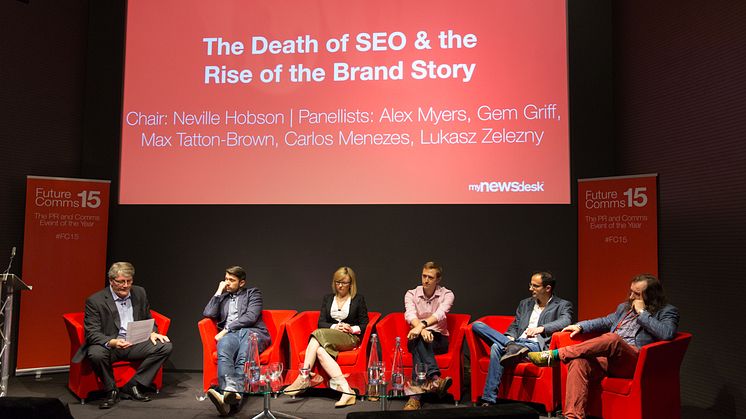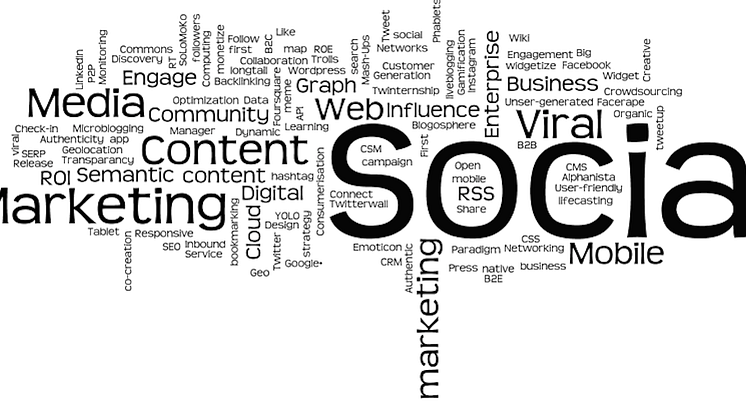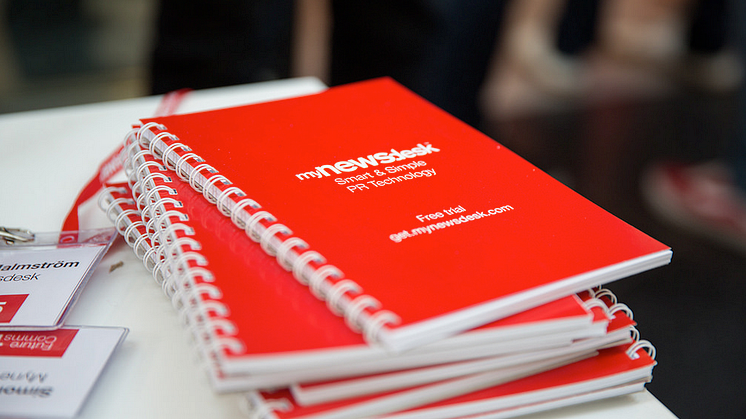
Blog post -
SEO Jargon: Decoded
Ah SEO, the backbone of digital PR and marketing...and the black hole of knowledge.
Every now and then I visit MOZ google algorithm change history page to see if I can make sense of how the latest shimmy or overhaul of Google’s algorithm will affect our product, our content and rankings. Often, I have to read, re-read and wait..what was that again?
Before I get decoding, have a little chuckle at this update on the latest Panda data refresh: Panda 4.2 (#28) — July 17, 2015.
"Google announced what was most likely a Panda data refresh, saying that it could take months to fully roll out. The immediate impact was unclear, and there were no clear signs of a major algorithm update..."
Anyway, I’m lucky enough to have great product managers and a knowledgeable account team who share their technical love with me. And, as karma is a beautiful thing, I hope this post helps to take some of the pain out of decoding the murky murky world of SEO jargon!
Anchor text
Essentially the clickable text, these are the visible words that overlay a link. These are often used when linking to related material, just like so. And, if you really want to know the html structure, the following coding was used to make the blue text (above) clickable...
<a href="http://www.mynewsdesk.com/uk/mynewsdesk/blog_posts/the-techie-words-of-pr-decoded-37822"related material</a>
Backlink
A backlink is pretty much what it says on the tin - an incoming hyperlink from one web page to another website (okay, not quite what it says!)
Backlinks are important for SEO. Some search engines, especially Google, will give more credit to websites that have a good number of quality backlinks, and consider those websites more relevant than others in their results pages for a search query.
That said, backlink too aggressively and you could run the risk of violating the search engine's terms of service (such as Google’s webmaster guidelines).
Black Hat SEO
Black Hat is the term given to naughty SEO practice. Examples of "dirty tactics" include hidden links, keyword stuffing, redirects and duplicate content. Don't try to outsmart the Bots - they're smarter.
Bots
Programs on the internet used to index and collect information, such as Googlebot.
Content UX
The one that really gets me ranting. User Experience (UX) is everything in marketing. And yet, .pdfs still endure and websites with unintelligible navigational structures live and breathe.
You are competing for people’s attention and nobody will give you a nano second of their precious time if they just:
- cannot understand the layout
- page and content take too long to render (4 secs for main content to load)
- can’t read the content on mobile (see mobilegeddon)
- cannot navigate from page to page without accidentally clicking on an ad.
Get. It. Sorted.
CSS
Cascading Style Sheets - the visual formatting of HTML (see HTML), it adds the style.
HTML
HyperText Markup Language…
Yeah...for the rest of us, that’s the language used to create web pages. It’s basically structured content. This gets read and rendered into viewable pages. It’s referred to as a front-end language and works neatly with CSS. Clean and clear HTML makes your site easier to crawl.
It looks like this:
<p>The visible words you can see that overlay or mask a link. Often used when linking to <a href="http://www.mynewsdesk.com/uk/mynewsdesk/blog_posts/the-techie-words-of-pr-decoded-37822">related material</a>, just like so. </p>
Image Alt Text
Ever wondered how when you google ‘cat pic’ a cat pic actually appears? And how does a search engine determine what an image is about? The bots cannot ‘read’ images, per se, so providing accurate information in alt attributes gives them a hand so the image can be indexed. This improves its searchability as well as being accessible for non-visual users. Our tip: make sure that the ALT attributes are descriptive and accurate.
Keyword Targeted
Can’t say it better than MOZ’s Rand Fishkin: “Page targets a single searches intent and it’s associated keyword phrases”.
Long-Tail Keywords
Once upon a time, the editor of Wired observed that Amazon drives most of its revenue from a long tail of items, not the big ticket goods.
This tactic is built around the “long tail” statistical pattern that refers to the distribution of data where a large number of occurrences are at a greater distance to the centre of the data.Drawing visitors searching on infrequent queries to the site, where most of the traffic lies, is now a recommended part of a healthy digital marketing / content / ecommerce diet.
Image source: Hubspot
Mobilegeddon
So big it even has it’s own wikipedia page. In its quest to make the web mobile friendly, Google rolled out a mobile algorithm update in April 2015 that affects mobile search results.
Prioritising pages and content that render well on any platform, just like this pretty page you’re on right now, has meant that non-mobile friendly pages took a huge hit in mobile searches.
Data and Image source: Stone Temple Consultancy
Link Building
Exchanging links with other sites to earn quality backlinks.good for: brand building, relationships and referral traffic through guest posts and useful contentbad when: it’s considered a standalone strategy or people try to build links to webpages which offer very low value to audiences.
Meta Data
Data that describes site information which is provided to search engines, such as Title tags and descriptions.
Nofollow
A command that webmasters use to tell search bots not to follow certain links. Useful if you’re not necessarily vouching for a link but using it to illustrate a point, e.g. user comments. It also means that bad pages cannot benefit from your healthy PageRank
Panda
Panda is an algorithm aimed at lowering the rank of low quality and sites with thin content, and showing better quality sites near the top of search results.
Penguin
An algorithm aimed to punish people who engage in black hat SEO practices (see above)
Pigeon
A local search algorithm update designed to give preference to local listings, pretty useful for smaller, local businesses.
Semantic search
The ability to put searches into context by understanding intent, therefore generating more accurate responses. Google and Bing incorporate some elements of semantic search.
SERP
Search engine results page.
Webmaster
Person responsible for maintaining the organisation and/or techincal aspects of your website.
White Hat
Practices that improve your search performance without violating search engine terms of service or the integrity of your site. The dignified face of SEO!
Phew! Well, I think I've exhausted the most used SEO terms so now it's over to you! If I've missed anything, let me know in the comments below.
Here's a list of the best SEO tools and resources we'd recommend...
_________________________________________________________________________________







